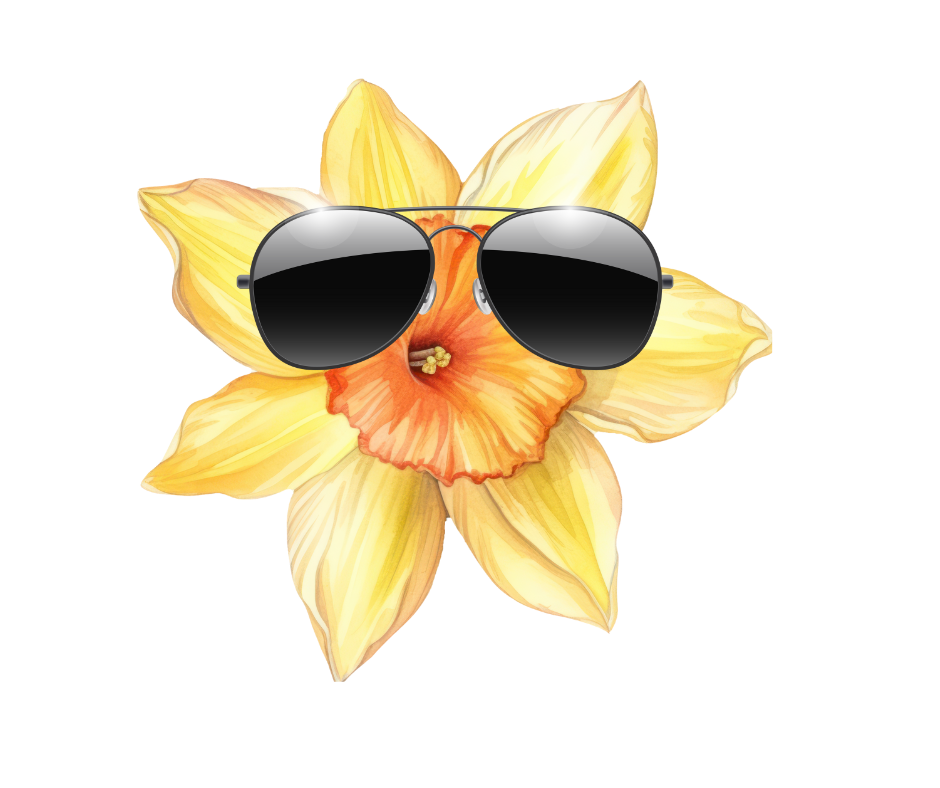Early Entrepreneurs
- Gloucester Daffodil Festival

- Sep 13, 2022
- 3 min read
Everyone had daffodils but no one thought much about them except as wild ornaments. It was around 1890 that Eleanor Linthicum Smith, of “Toddsbury” on the North River, first saw the commercial potential of daffodils. She developed a good size bed of flowers and paid local children ten cents per hundred to pick them. The flowers were picked during their spring growing season, packed standing up in laundry baskets covered with cheesecloth, and shipped to Baltimore.
The Middle Peninsula never had a railroad and that is why, until adequate roads and bridges were built, the people of the area were linked culturally and commercially to Baltimore and Norfolk. The Chesapeake Bay provided a thoroughfare with steamboats stopping at the many docks located on the rivers in the area.
And so, Mrs. Smith’s baskets of flowers were loaded on a hayrack – one hundred baskets with about 2,500 blooms – and hauled by horse to nearby Dixondale Wharf or Hockley Wharf on the North River. They were put on a steamboat and shipped to her son who worked in Baltimore’s Union Station. He resold the flowers to depot newsboys who became the first daffodil retailers.
The profit from her daffodil sales eventually paid off the mortgage on her home. Aware of their value, she dug up the bulbs and transported them with her when she moved to nearby “Holly Hill”. As word of the success of the business spread, others in the county began to take an interest in the cultivation of flowers. Mrs. Smith’s granddaughter Eleanor and her husband, W.S. Field, later lived at “Holly Hill” and continued with the daffodil business. They were able to put five children through college between 1925 and 1945 on the profits.
Mr. and Mrs. Nicholas Snowden Hopkins of “Waverley” on the North River were influenced by their neighbor, Mrs. Smith, and began cultivation around 1915. By the 1920s they were extensively into shipping flowers and bulbs from their River’s Edge Flower Farm. Their plantings were based on improved varieties of bulbs from the Netherlands. Mr. Hopkins became a specialist in daffodil farming and they were major growers by the 1930s. Mr. Hopkins died in 1937 but Mrs. Hopkins along with her daughter and son-in-law, Mr. and Mrs. C. H. Hammer, continued with the management of the business.
Another entrepreneur, Mr. Allan Hicks, bought bulbs from Mrs. Smith and specialized in the shipment of cut flowers. He accompanied the flower shipments on the steamboat and developed better methods of packing them to keep the blooms from being crushed. Instead of standing upright in laundry baskets he had the flowers bundled and laid horizontally in wooden boxes which could be reused. Eventually the boxes were made of fiberboard. At one time Mr. Hicks had flower farms not only in Gloucester, but in North Carolina and elsewhere along the east coast.
Until the mid- 1920s the daffodil business was substantial but never large, with the Smith’s, Field’s, Hopkins, and Hicks being the major growers.
Charles Heath, son of a wealthy New England family, had a major impact on the direction in which the daffodil industry eventually evolved in Gloucester County. His interest in the area began with a delicious cantaloupe which was to serve him in the early 1900s. He traced its source to “Elmington”, the Gloucester estate of Thomas Dixon, author and gentleman farmer. Heath placed orders for more cantaloupes and began a correspondence with Dixon, which resulted in his coming to Gloucester for a visit. While here, Charles Heath looked out over the fields of wild daffodils and found inspiration. He decided to move to the area and established his family at “Auburn” plantation across the North River. Around 1915 he began importing and improving fine daffodil bulbs from M. Van Waveren and Sons, a large New York importing house.
Each year Mr. Heath sent sample offspring back to the Dutch firm and reported his success with the bulbs in the Virginia soil. For years he tried to interest neighboring farmers to plant better bulbs but most were content to gather the wild daffodils and send them to market by steamboat.

_edited.png)






Comments